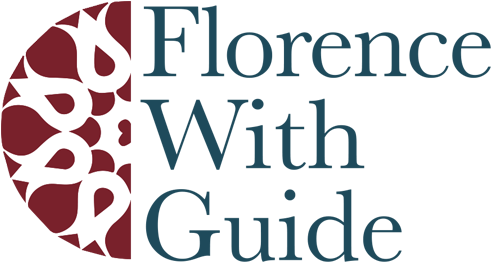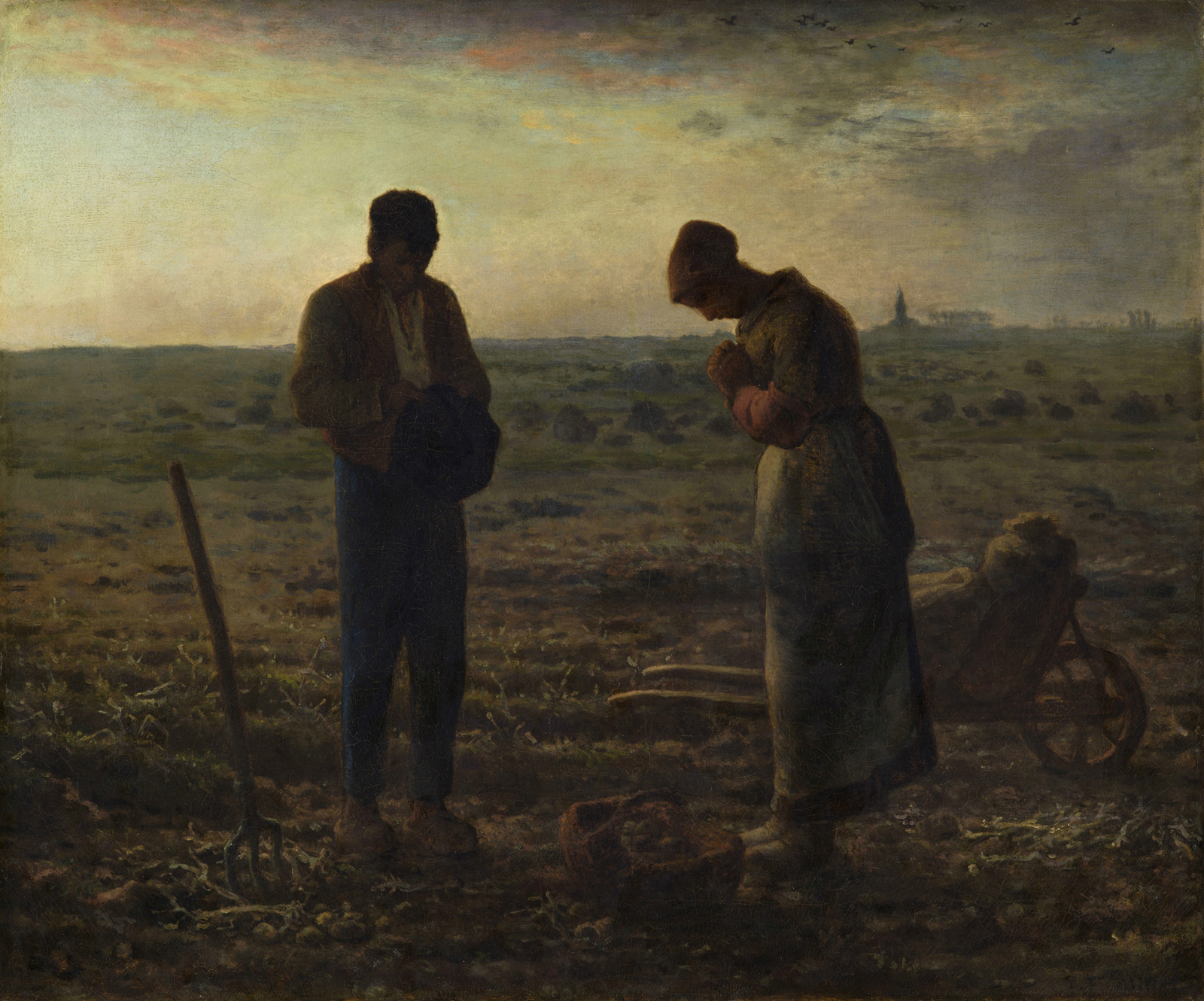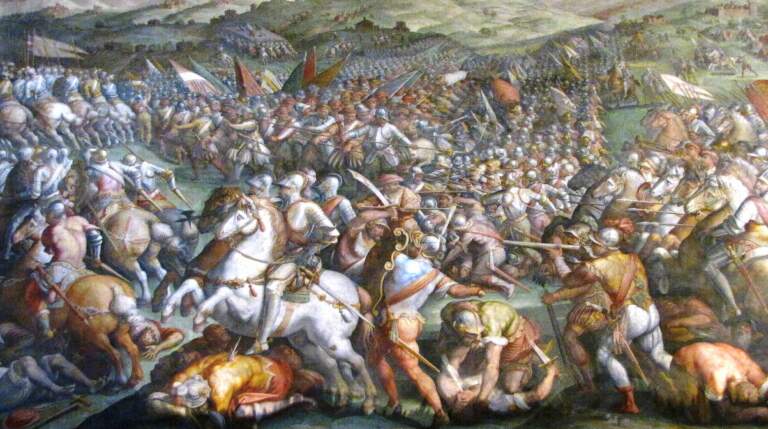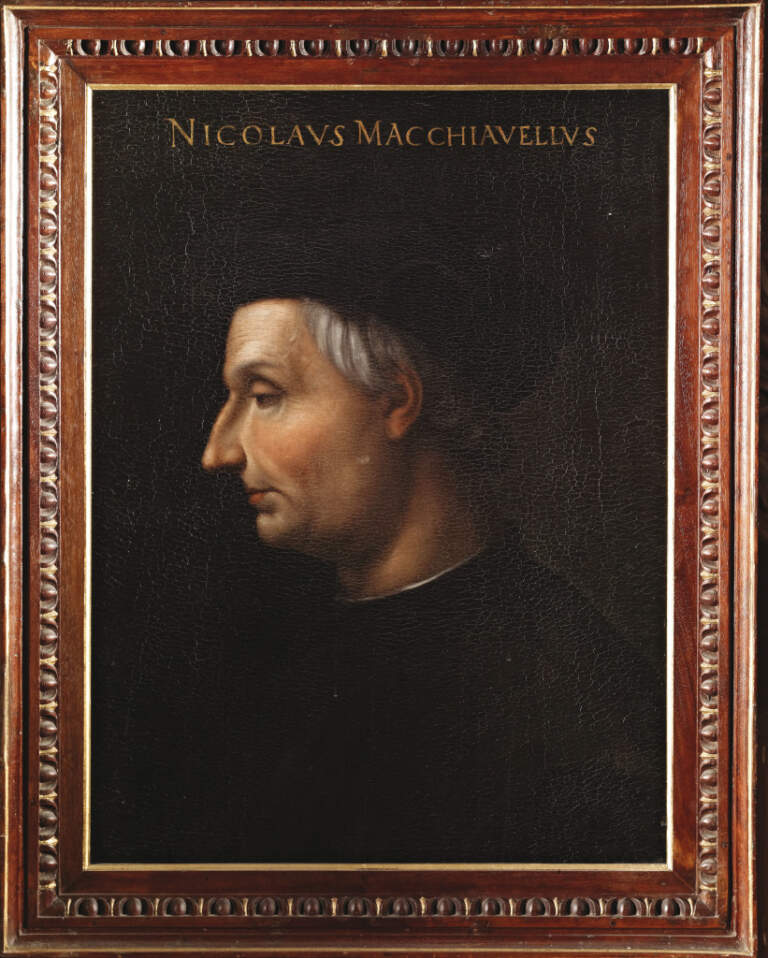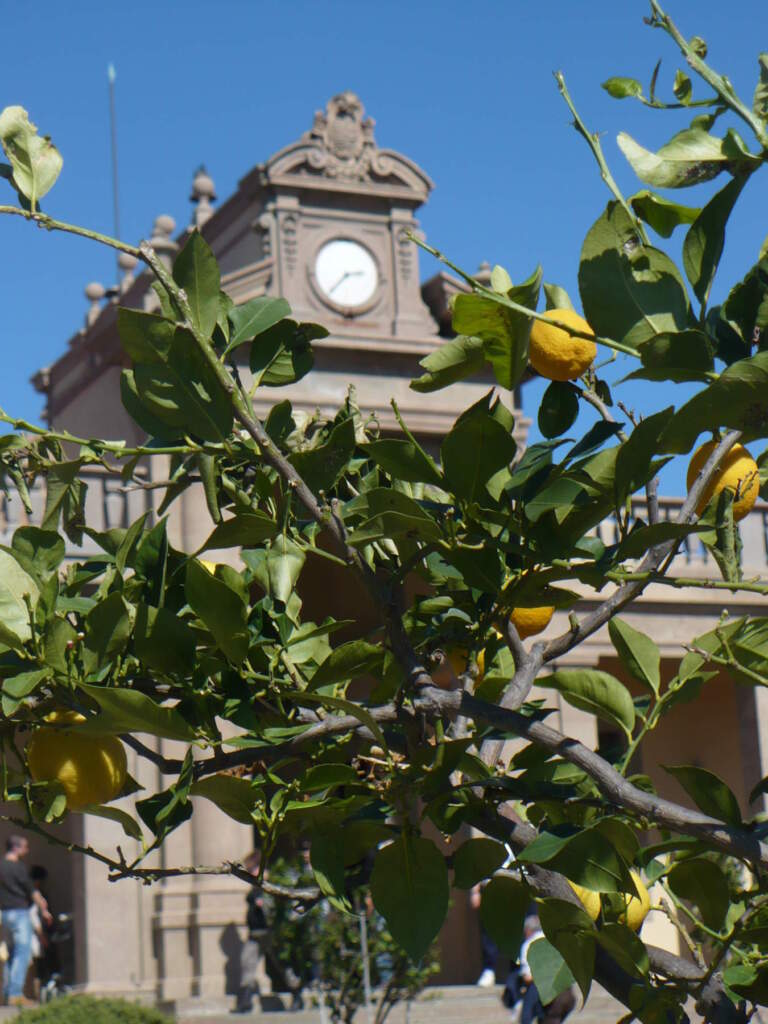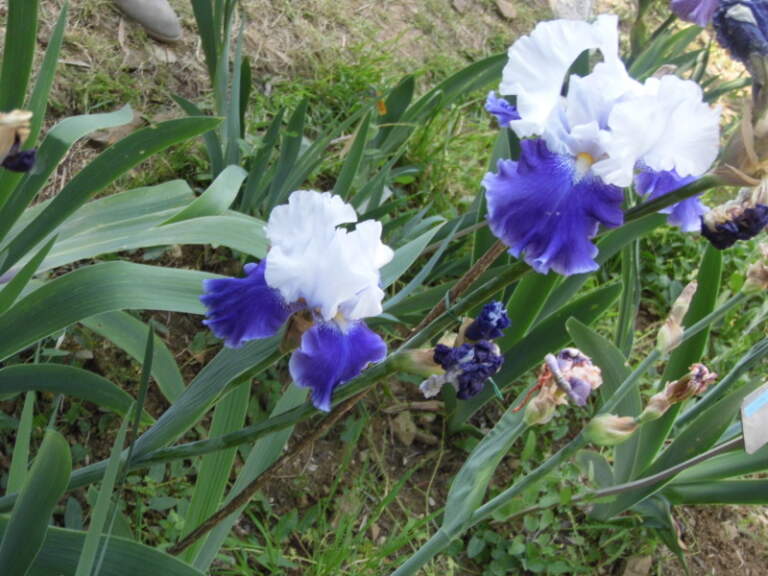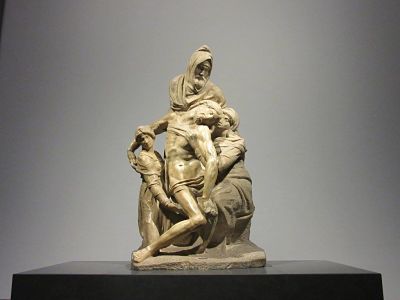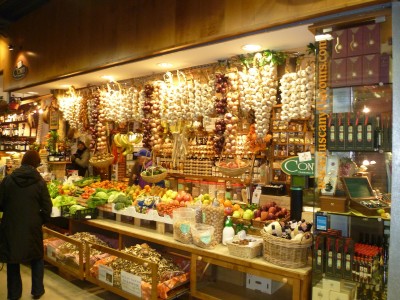Divine Beauty at Palazzo Strozzi
Palazzo Strozzi in Florence hosts a winter exhibition Divine Beauty dedicated to modern sacred art that is part of a program of initiatives related to the Ecclesiastical National Congress, including the re-opening of the new Museum of the Opera del Duomo.
The exhibition encompasses the theological and historical chronological approach, offering a meditation through images from the pontificate of Pius IX to that of Paul VI. It includes paintings and sculptures as well as references to the applied arts and contemporary religious architecture to provide a complete and varied overview on the debate on sacred art with its contradictions and misunderstandings.
Traditionally, the fortune and the supremacy of sacred art ends with the Baroque, but within the Church the debate on art and its function has continued unabated, accepting some elements of modernity, realism or modernism, functional in a modern catechesis. For contemporary artists the use of sacred themes, albeit in secular interpretation or with autobiographical sense, took on a different significance: a confrontation with tradition, a message of consolation or an allegory of suffering, both human and personal. In the words of curator Carlo Sisi: “the sacred theme runs through the times but sometimes does not understand them.”
The opening room of the exhibition is almost didactic: the paintings display the various currents in the mid-XIX century that anticipatethe paths of modernity: the realism, the decadent aestheticism, and esotericism. The artworks announce a web of references that are carrying out the imagery of the account of the life of Christ: The Annunciation, the Nativity, the Miracles, the Passion and Crucifixion are the moments in which the divergent views emerge, reflecting the different temperaments of the artists and cultural and political contexts in which they found themselves operating (e.g., fascist Italy, industrial England, nationalist France). They stand side by side so that the works with the same subject offer opposing versions, distant in style and cultural references: the coated and “worldly” Annunciation by Vittorio Corcos against the rural Gaetano Previati; the almost abstract purity of the Via Crucis by Lucio Fontana and the monumentality of the Prodigal Son by Arturo Martini.
Another underlying theme is the confrontation with tradition: Giotto, Fra Angelico to Caravaggio echoed by many, so that the break of modernist Stanley Spencer or the futurist Fillia makes it clear that a dialectic between old and new has never ceased to exist.
The powerful room dedicated to the Crucifixion can boast Marc Chagall, Vincent Van Gogh (in one of his rare religious paintings) and Renato Guttuso, and intertwining interreligious dialogue, personal passion, and the trauma of WWII.
The exhibition closes on the theme of prayer: Almost an invitation to meditate on art, memory and history—the Church and men—summed up by the iconic farmers of the Angelus by Millet: “The universal paradigm of a devotion deeply rooted in work and flow of the seasons.”
Information and suggestions: information and schedules can be found at the Palazzo Strozzi, to request a visit or an itinerary fill out the form or send us an email.
Please note until January 18th the combined ticket to The Museo dell’Opera and Divine beauty is only 12€.
